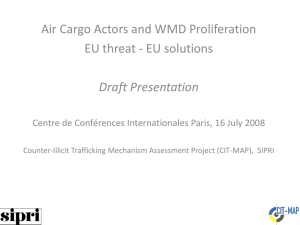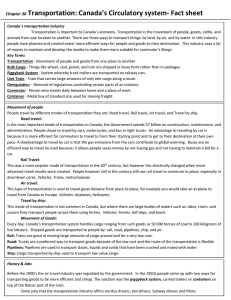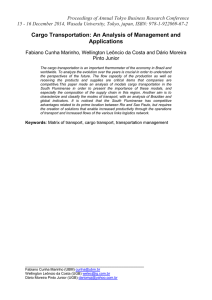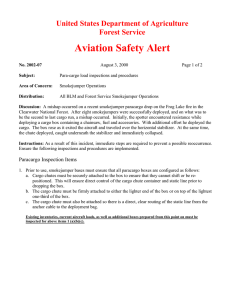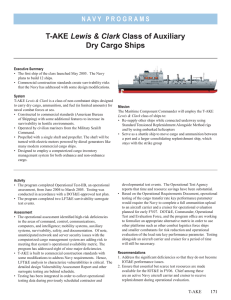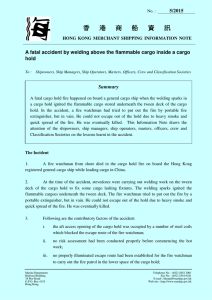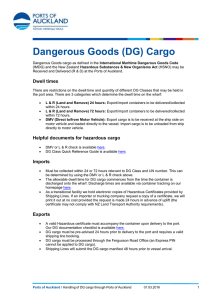Presentation Abstract Program#/Poster#: 294.20/B23 Presentation Title: Control of spatially patterned gene expression in
advertisement
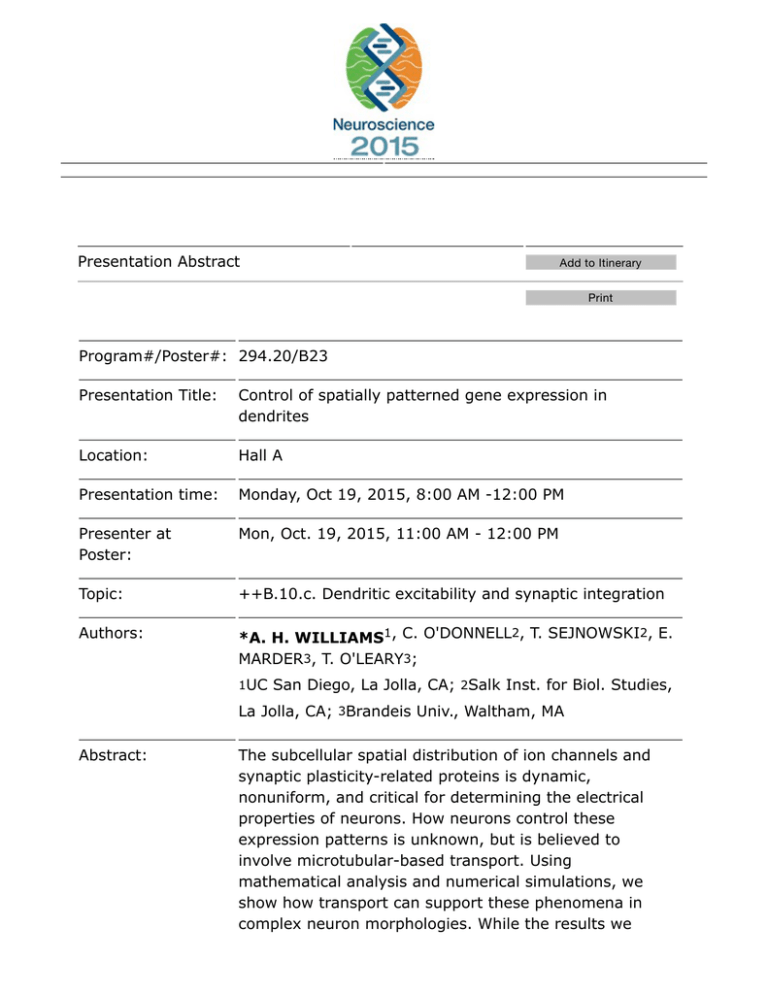
Presentation Abstract Add to Itinerary Print Program#/Poster#: 294.20/B23 Presentation Title: Control of spatially patterned gene expression in dendrites Location: Hall A Presentation time: Monday, Oct 19, 2015, 8:00 AM -12:00 PM Presenter at Poster: Mon, Oct. 19, 2015, 11:00 AM - 12:00 PM Topic: ++B.10.c. Dendritic excitability and synaptic integration Authors: *A. H. WILLIAMS1, C. O'DONNELL2, T. SEJNOWSKI2, E. MARDER3, T. O'LEARY3; 1UC San Diego, La Jolla, CA; 2Salk Inst. for Biol. Studies, La Jolla, CA; 3Brandeis Univ., Waltham, MA Abstract: The subcellular spatial distribution of ion channels and synaptic plasticity-related proteins is dynamic, nonuniform, and critical for determining the electrical properties of neurons. How neurons control these expression patterns is unknown, but is believed to involve microtubular-based transport. Using mathematical analysis and numerical simulations, we show how transport can support these phenomena in complex neuron morphologies. While the results we derive are general to any cell type, we examine CA1 pyramidal morphology as a case study, specifically examining: 1) HCN and K ion channel gradients in dendrites and 2) spatial expression of plasticity-related proteins such as Arc. We compare two non-exclusive models for achieving spatial expression: local versus global control. For the local-control class, we derive simple rules that relate the local transport rate along neurites to the global steady-state distribution of cargo, and illustrate how this rule can be encoded by a secondmessenger molecule, such as Ca2+. We identify two strategies that precisely achieve any desired expression profile. The first distributes cargo uniformly along the microtubules, and locally captures cargo in proportion to the target expression level. The second distributes cargo non-uniformly to match the target expression pattern and locally releases cargo at a uniform rate. There is experimental evidence for both of these strategies [1,2]. We also considered a second class of models based on global control, in which the steady-state distribution of cargo along the microtubules is not achieved. In this case, the distribution of cargo might be controlled by tuning the microtubular transport kinetics to match the rate of local release/capture of cargo. A major difference between these two classes of models is that the first can be locally tuned, while the second must be engineered from a global level. We suggest that local mechanisms might be useful to produce flexible trafficking, while global mechanisms provide efficient solutions for coarse, rapid transport. We highlight experiments that might disambiguate between these two cases. References: [1] Kim S, Martin KC (2015). eLife. 4:e04158 [2] Steward O, Farris S, Pirbhoy PS, Darnell J, Van Driesche SJ (2015). Front Mol Neurosci. 7:101 Disclosures: A.H. Williams: None. C. O'Donnell: None. T. Sejnowski: None. E. Marder: None. T. O'Leary: None. Keyword (s): DENDRITE TRANSPORT PLASTICITY Support: NIH Grant 1P01NS079419 Charles A. King Trust NIH Grant P41GM103712 Dept of Energy CSGF Note: When adding items to your Itinerary, please click "Add Checked Selections to My Itinerary" on EACH page of your search results. At the Meeting Sessions/Events Abstracts Registration Hotel/Travel Exhibits Fellowships, Awards, and Prizes Frequently Asked Questions CME Access the SFN Member Center OASIS Technical Support. Monday - Friday, 9 am - 5 pm CT Phone: 1-217-398-1792 Email: OASIS Helpdesk Leave OASIS Feedback The Online Abstract Submission and Invitation System © 1996 - 2015 Coe-Truman Technologies, Inc. All rights reserved.



